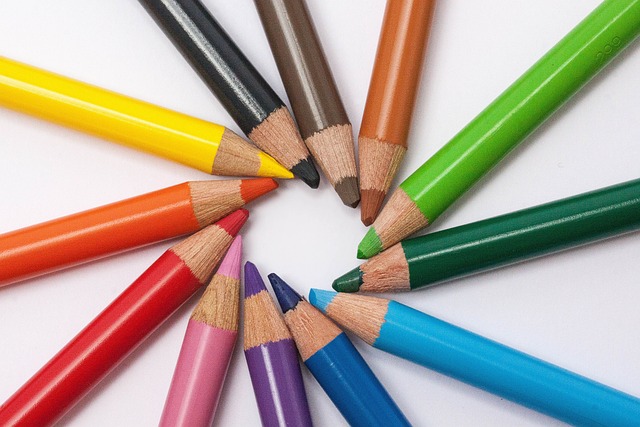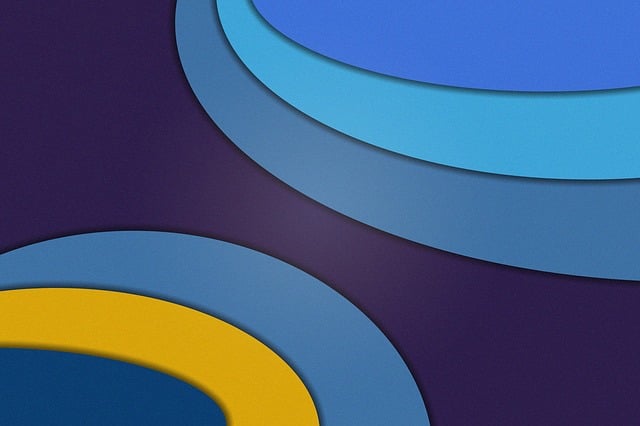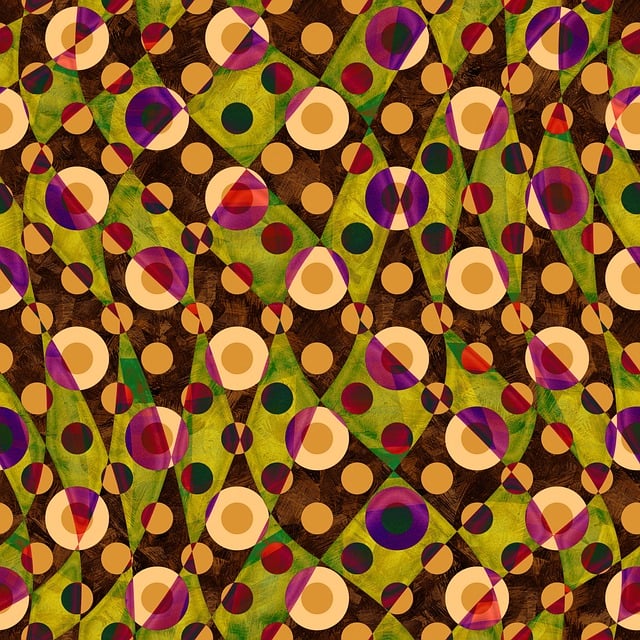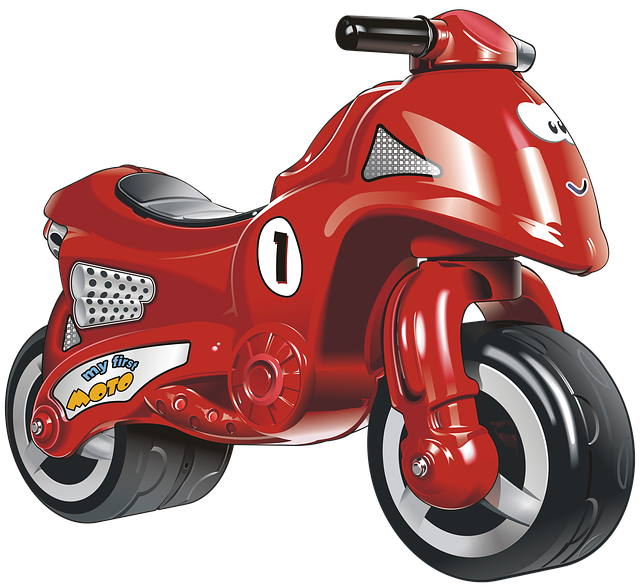In the digital age, graphic design has evolved dramatically, transitioning from print to online platforms, driven by computer software innovations. Tools like Adobe Creative Suite and open-source alternatives have democratized artistic expression, enabling collaboration and innovation. Digital tools expand design possibilities with interactive web designs, animations, and experimental typography. The industry continues to be a critical aspect of communication in both physical and virtual environments, with advancements like AI, VR, and AR pushing boundaries. Online platforms like Instagram, Behance, and DeviantArt have democratized promotion and access, fostering global communities that drive trends and techniques, while also raising ethical concerns around copyright and privacy.
The digital age has transformed the landscape of graphic design, ushering in a new era of creativity and innovation. This article explores the evolution of graphic design, highlighting its transition from traditional media to the virtual realm. We delve into the tools and software that empower artists, dissecting various formats like pixel art and vector graphics. Furthermore, we examine the profound impact of digital design on visual culture, creative processes, collaboration, ethics, and emerging technologies shaping the future of Graphic Design. Prepare to be inspired by successful digital artists and discover how to access and promote this dynamic art form through online platforms and communities.
The Evolution of Graphic Design in the Digital Age

In the digital age, graphic design has undergone a remarkable transformation, evolving from traditional print media to encompass a vast array of digital platforms. The advent of computers and subsequent software advancements revolutionized the way designers create and deliver their work. Vector graphics, once confined to specialized tools, are now accessible through user-friendly applications, enabling artists and professionals alike to harness their creativity with ease. This shift has democratized design, fostering a new era of collaboration and innovation.
Digital tools have not only expanded the creative possibilities for graphic designers but also introduced dynamic mediums such as interactive web designs, digital illustrations, and animated visuals. The ability to manipulate images, experiment with typography, and incorporate special effects has opened doors to captivating visual storytelling. As technology continues to advance, graphic design remains a pivotal aspect of communication, shaping the way we interact with and perceive the world around us in both physical and virtual spaces.
Tools and Software Revolutionizing Digital Art Creation

The digital art landscape is continually evolving, driven by innovative tools and software that are revolutionizing creative processes. Artists and designers now have access to a vast array of applications that allow for intricate vector illustrations, stunning 3D models, and mesmerizing animations with just a few clicks. These technologies have democratized the industry, enabling individuals without formal training to explore their artistic talents and contribute to the realm of visual arts.
One notable game-changer is Adobe Creative Suite, a comprehensive set of tools that includes Photoshop, Illustrator, and After Effects. This suite offers powerful features for editing, designing, and animating, making it an industry standard in graphic design. Additionally, open-source alternatives like GIMP and Inkscape provide similar functionality at no cost, fostering inclusivity and accessibility in digital art creation.
Exploring Different Formats: From Pixel Art to Vector Graphics

In the realm of digital art and design, exploring different formats offers a vast array of creative possibilities. One of the most iconic and nostalgic forms is pixel art, where artists meticulously arrange pixels to create intricate images. This retro style has seen a resurgence in popularity, especially among indie game developers and enthusiasts who appreciate its unique aesthetic. On the other hand, vector graphics provides a more modern approach, utilizing mathematical algorithms to define shapes and lines. This format allows for seamless scaling without losing quality, making it a favorite among professional graphic designers for logos, illustrations, and web design projects.
By experimenting with these diverse formats, artists and designers can enhance their skill sets and create visually stunning pieces. Vector graphics, with its precision and flexibility, enables the creation of clean, crisp images suitable for various media. Conversely, pixel art’s charm lies in its limited palette and nostalgic appeal, often evoking a sense of simplicity and playfulness. Exploring these different formats not only broadens artistic horizons but also equips creators with versatile tools to tackle a wide range of Graphic Design projects.
The Impact of Digital Design on Contemporary Visual Culture

In the digital age, Graphic Design has undergone a profound metamorphosis, revolutionizing the way we perceive and interact with visual culture. Digital art and design tools have democratized creativity, enabling folks from diverse backgrounds to contribute to this once-elusive realm. The impact of this shift is evident in contemporary visual landscapes, where dynamic digital designs adorn everything from social media feeds to grand public installations. This transformation has spurred a vibrant tapestry of styles and narratives, challenging traditional notions of art and design.
The advent of digital design has also reshaped the way we consume and engage with information. From sleek user interfaces to captivating augmented reality experiences, digital graphic design enhances our interactions with technology. This evolution continues to foster innovation, pushing the boundaries of what’s possible in visual communication and solidifying its place as a game-changer in modern culture.
How Digital Art Shifts Creative Processes and Collaboration

The advent of digital art has fundamentally reshaped creative processes and collaboration in Graphic Design. Traditional methods, once dominated by physical mediums like paint and pencil, have given way to a new era where software and hardware empower artists and designers with unprecedented versatility and control. Digital tools allow for near-instant experimentation, enabling creators to explore various styles, textures, and effects with just a few clicks. This not only accelerates the design process but also opens doors to innovative possibilities that were once time-consuming or impossible to achieve.
Collaboration has similarly evolved in the digital art landscape. Remote teams can now work together on projects as if they were in the same room, sharing files, ideas, and feedback seamlessly through cloud-based platforms. This has democratized collaboration, fostering diverse creative partnerships worldwide. Furthermore, digital art facilitates iterative improvements, where feedback loops are faster and more frequent, leading to refined outcomes that reflect collective input more effectively than ever before.
Ethical Considerations in the Digital Art and Design Space

In the realm of digital art and design, creators have unprecedented opportunities to innovate and express themselves. However, alongside the excitement of this medium lies a crucial need for ethical considerations. As digital designers and artists, it’s imperative to navigate issues such as copyright and intellectual property rights, ensuring original content or proper attribution when using existing works. The rapid spread of digital art through online platforms also raises concerns about consent and privacy, especially when sharing client work or personal creations.
Additionally, the impact of digital design on society demands mindful practices. This includes being transparent about the use of AI tools to create art or designs, acknowledging their limitations, and avoiding potential biases that might inadvertently creep into the creative process. The industry must also prioritize sustainability by adopting eco-friendly practices in content creation, file sharing, and hardware usage. By addressing these ethical considerations, graphic design professionals can ensure their work remains not only aesthetically compelling but also socially responsible.
Case Studies: Successful Digital Artists and Their Unique Styles

In the realm of digital art and design, case studies offer a captivating glimpse into the unique styles and journeys of successful artists. One standout example is Katy Holsapple, known for her intricate digital collages that blend photography, painting, and graphic design elements seamlessly. Her work, characterized by vivid colors and layered textures, challenges traditional boundaries, attracting a diverse audience across platforms.
Another notable artist is Daniel Zender, who has carved a niche for himself with his innovative use of 3D modeling and animation. His digital sculptures and installations, often exploring urban landscapes, have been exhibited globally. By merging fine art with technology, Zender pushes the boundaries of what’s possible in graphic design, leaving viewers with awe-inspiring experiences.
Future Trends: Emerging Technologies in Graphic Design

The future of graphic design is being shaped by emerging technologies, pushing creative boundaries and offering new possibilities for artists and designers. One notable trend is the increasing integration of artificial intelligence (AI) in the creative process. AI-powered tools can generate unique and diverse visual content, from intricate patterns to realistic images, allowing designers to explore new aesthetic directions. These tools learn from vast datasets, enabling them to assist in tasks like image editing, concept generation, and even design optimization.
Additionally, virtual reality (VR) and augmented reality (AR) technologies are transforming the way graphic designs are experienced and interacted with. VR offers immersive environments where users can step into their designs, while AR overlays digital graphics onto the real world, creating interactive and engaging experiences. As these technologies mature, we can expect to see more innovative applications in advertising, storytelling, and user interfaces, blurring the line between physical and digital spaces.
Accessing and Promoting Digital Art: Online Platforms and Communities

In today’s digital age, accessing and promoting Digital Art has become more accessible than ever before, largely due to the rise of online platforms and communities. These virtual spaces provide artists with a global stage to showcase their creative works, including Graphic Design, illustration, 3D modeling, and more. Platforms like Instagram, Behance, and DeviantArt allow designers to build portfolios, connect with peers, and gain exposure to diverse audiences.
Such online communities foster collaboration, critique, and inspiration, enabling artists to learn from one another, participate in challenges, and even launch their careers. By engaging in these platforms, graphic design professionals can not only promote their work but also stay up-to-date with the latest industry trends and techniques, ultimately contributing to a vibrant digital art ecosystem.
